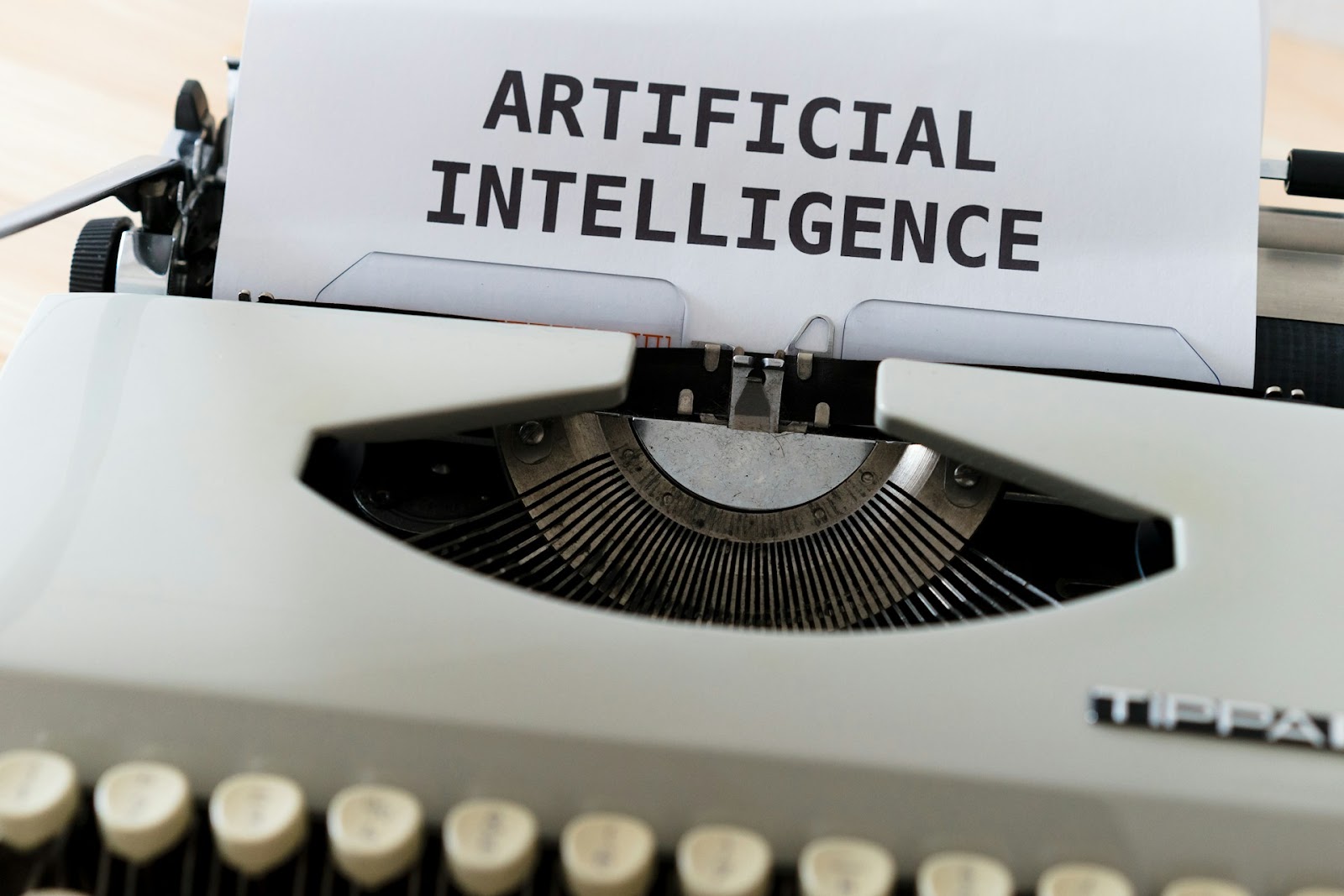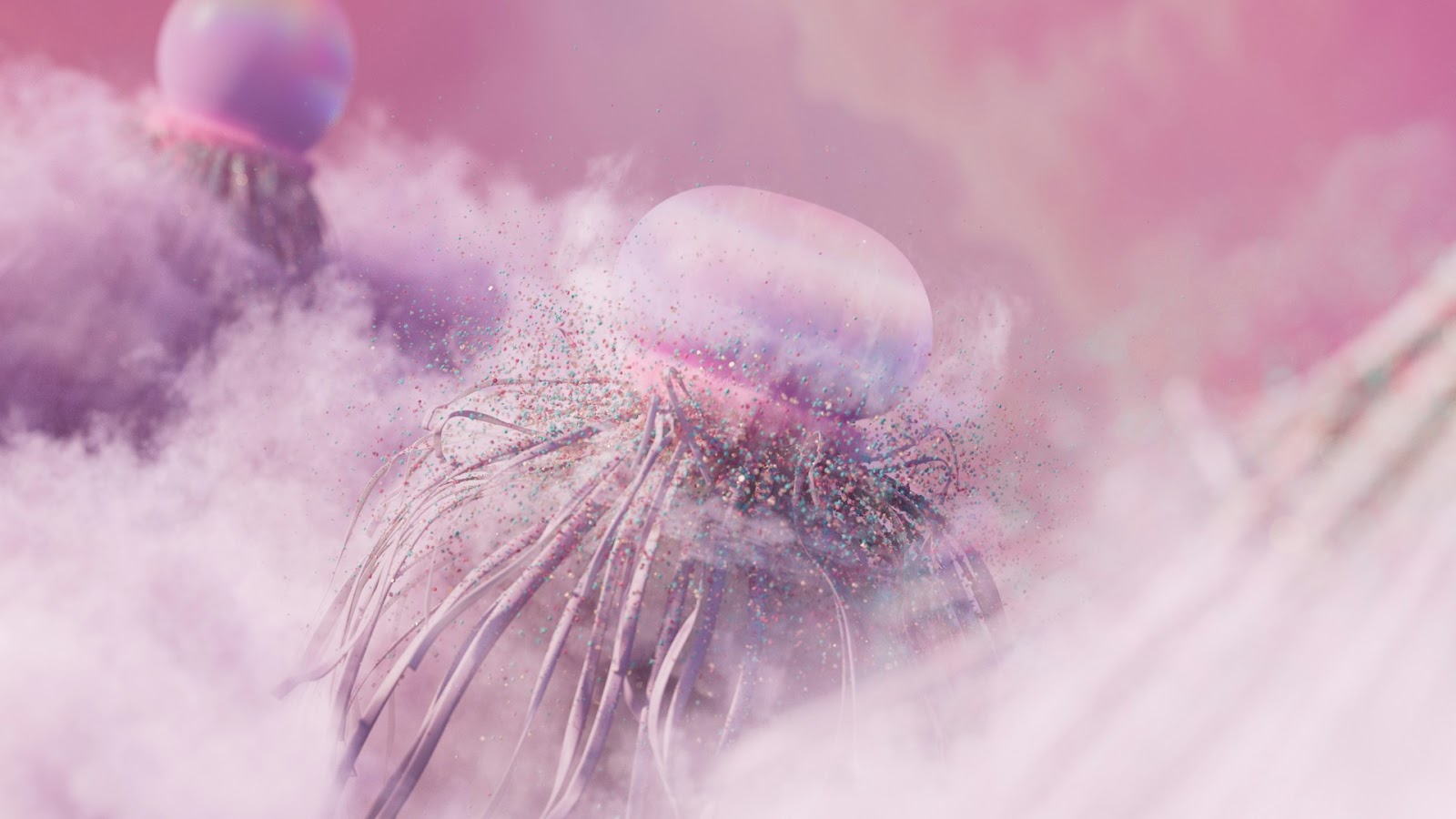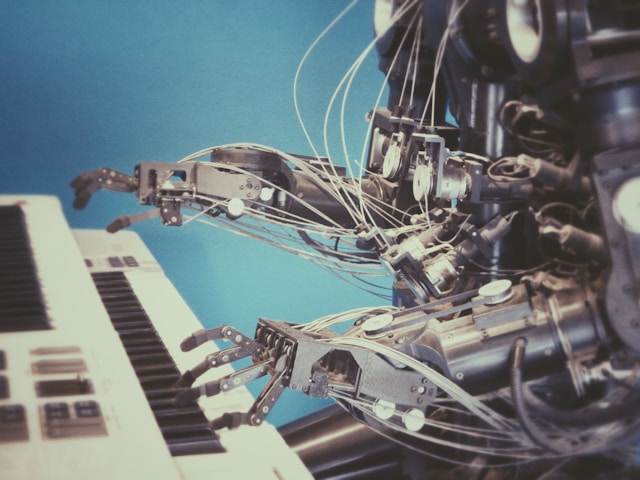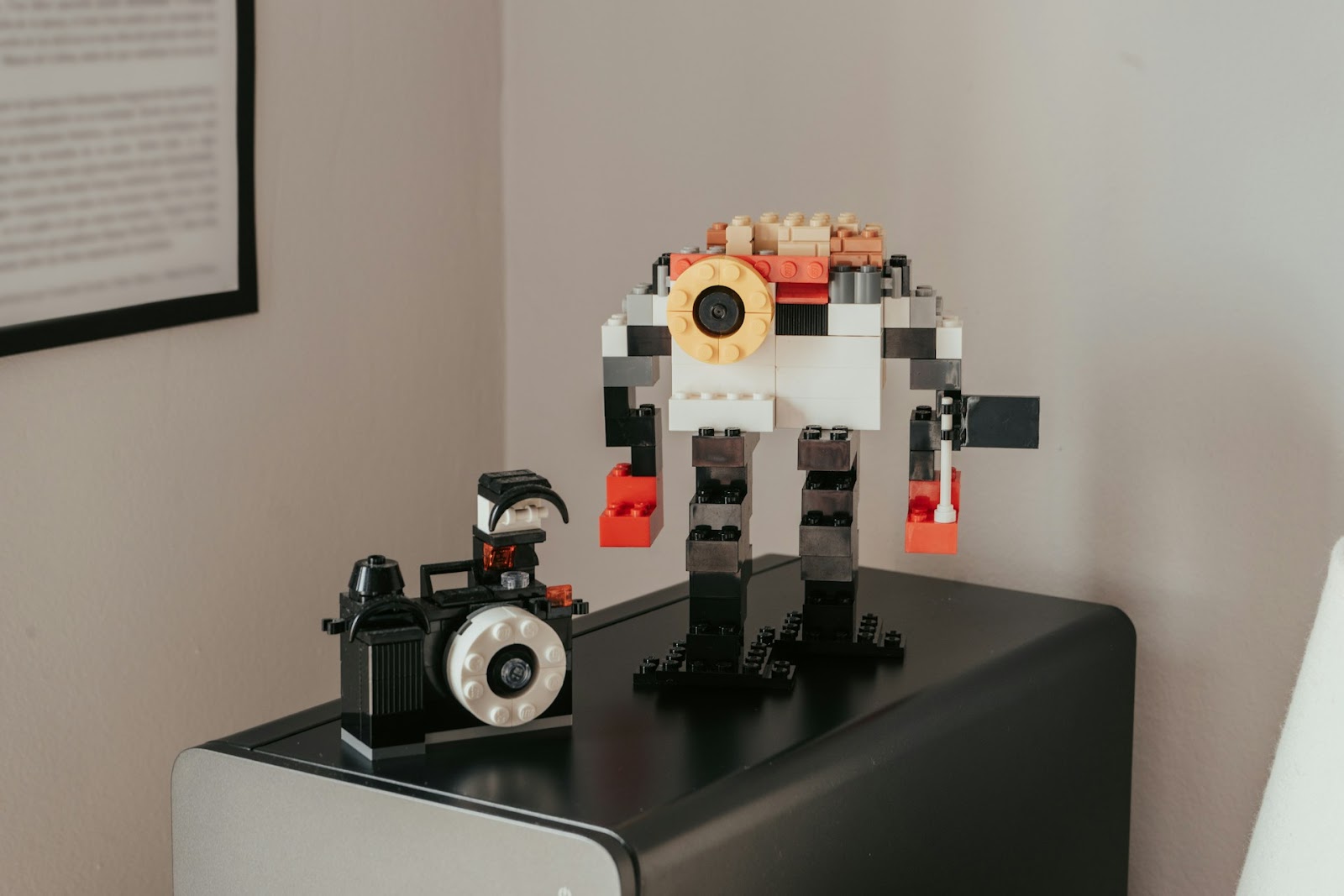Let’s be honest, “AI for creativity” used to sound like a contradiction. Either you were the creative one, or the machine was just copying you. But that’s changed. Fast. Today, the smartest creatives aren’t worried about being replaced by AI—they’re using it to create faster, bolder, and with fewer limits.
Whether you’re a designer prototyping visuals in seconds, a musician building full tracks without touching an instrument, or a writer fighting off blank-page syndrome, there’s an AI tool that can help you break through. Let’s dive into the ones that are actually delivering real value in 2025—not just the flashy ones, but the ones creatives trust.
AI Tools for Creativity
Writing and Storytelling

Claude: The Subtle Storyteller
Claude has quickly become a favorite for long-form writing and storytelling. It understands nuance, tone, and structure in a way that feels almost intuitive. Writers are using it for everything from script drafts to character development to worldbuilding.
Unlike tools that just generate generic content, Claude is skilled at maintaining voice across longer pieces, remembering details, and suggesting thoughtful edits.
Best use: Give Claude a scene and ask it to rewrite from another character’s point of view, or expand a short prompt into a 3-act structure.
ChatGPT-4o: Your AI Brainstorm Partner
The most versatile of the bunch. ChatGPT can write, debug, simulate, brainstorm, and roleplay—sometimes all in one session. Artists use it to generate bios. Writers bounce plot twists off it. Game developers use it to sketch dialogue trees.
The new voice and vision modes add another layer: you can now talk to your AI collaborator, or show it images to get feedback.
How to use it well: Be specific. Treat it like a smart, literal collaborator. Feed it your goals, your vibe, your blockers—and it’ll work with you, not just for you.
Notion AI: Creativity’s Right Hand
Think of Notion AI as a smart assistant that organizes your mental clutter. It can turn scattered notes into outlines, rewrite rough paragraphs, generate editorial calendars, or brainstorm titles. All inside the Notion platform.
Writers, researchers, and content teams use it to speed up workflows and unblock their brains. It’s not a writing replacement—it’s a thought partner.
Favorite trick: Paste your messy brainstorm, then ask Notion to summarize key themes and give you 5 structure ideas.
Also check: AI for Beginners: How to Start Using AI in Your Daily Life
Visual Design and Illustration

Midjourney: Style Over Realism
Midjourney is still the favorite among visual artists for a reason: it’s bold. While other AI image generators lean toward photorealism, Midjourney leans into artistic flair—brush-like strokes, surreal compositions, and a painterly touch that feels handcrafted.
It’s especially popular for concept art, album covers, book illustrations, and experimental fashion design. The latest version even allows minor inpainting and prompt refinement.
Pro tip: Use highly specific prompts with artistic references (“in the style of Egon Schiele, urban landscape at dusk”) to get standout results.
DALL·E 3: Precision Meets Creativity
While Midjourney is all about style, DALL·E shines in control. Its integration with ChatGPT means you can now iterate on your prompts conversationally: “Can you make this cat look more like a cartoon version of Frida Kahlo?”
You get highly detailed, context-aware visuals—great for marketing assets, product mockups, or storyboarding.
Real-world use: A children’s book illustrator might use DALL·E to quickly explore character styles before handing off sketches to a human artist.
Adobe Firefly: Creative Cloud’s AI Backbone
Adobe Firefly fits right into the Creative Cloud ecosystem. Integrated with Photoshop, Illustrator, and Express, Firefly lets you remove objects, extend backgrounds, or recolor vector illustrations using natural language prompts.
Why it works: Designers can generate variations and ideas without ever leaving their workflow. You’re still in control, but now you have a supercharged assistant.
Canva Magic Studio: Content at Lightning Speed
Magic Studio includes features like Magic Write (for copy), Magic Edit (for visuals), and even Magic Animate (for instant motion graphics). It’s ideal for social media teams, solopreneurs, and educators who need great-looking materials fast—and don’t have time to master Adobe.
Use it like this: Describe your goal: “Create a poster for a high school science fair.” Canva builds a base design, you tweak it, done.
Music and Audio

Suno & Udio: Music in Minutes
You input a vibe or a story—like “a lo-fi jazz track about loneliness in space”—and get full songs, vocals included. Udio leans more into music production polish, while Suno feels like a creative sketchpad for songwriting.
Cool use: A video editor needs a custom theme for a brand series. Instead of buying stock, they generate five versions in Udio and fine-tune the best.
ElevenLabs: Voice Cloning That Works
ElevenLabs produces synthetic voices that carry emotion, pacing, and nuance. It supports multilingual voices and now includes emotion presets. Creators are using it for dubbing, voiceovers, audiobooks, and NPCs in games.
Important note: Always disclose use. Synthetic voice is powerful, but it comes with ethical responsibility.
Descript: Podcasting Made Easy
Descript transcribes your recordings instantly and lets you edit by changing the text. Delete filler words? Highlight and delete. Want to overdub a missed line? Type it in.
In action: Journalists, marketers, and content creators use it to launch professional-sounding shows fast.
Video and Animation

Runway ML: AI-Powered Filmmaking
Runway is becoming a full AI production studio. Creators use it to generate B-roll footage, animate still images, remove unwanted objects, and even generate entire scenes with Gen-2’s text-to-video model. Runway’s timeline editor includes motion tracking and AI rotoscoping—no After Effects required.
Use case: Need a cinematic intro for your YouTube channel but don’t want to shoot a drone sequence? Runway can create it from text.
Want to know more? AI Productivity Kit: 15 Essential Tools for 2025
Limitations and Ethical Considerations
AI is powerful, but it’s not infallible. Some models may produce biased or inaccurate outputs, and most are trained on existing data, which means originality can be limited. It’s also essential to respect copyright boundaries, especially when generating content that mimics specific voices, styles, or public figures.
Transparency matters. If you’re using AI-generated content in a commercial or collaborative context, disclose it. Don’t let automation replace accountability. Ultimately, these tools are here to enhance human creativity, not to bypass it.
The Creative Takeaway
Using AI doesn’t mean cheating or surrendering your creativity. Quite the opposite. It’s like when we moved from paintbrushes to cameras, or from typewriters to computers. These are simply the new tools of the digital era.
These technologies multiply your creative possibilities. They free you from the most tedious technical tasks and allow you to focus on what truly matters: your unique vision, your original idea, that something only you can contribute.
The next time you feel your creativity stalling, don’t passively wait for inspiration to strike. Open these tools and let AI help you take the first step. Sometimes, that’s all you need for ideas to start flowing.
